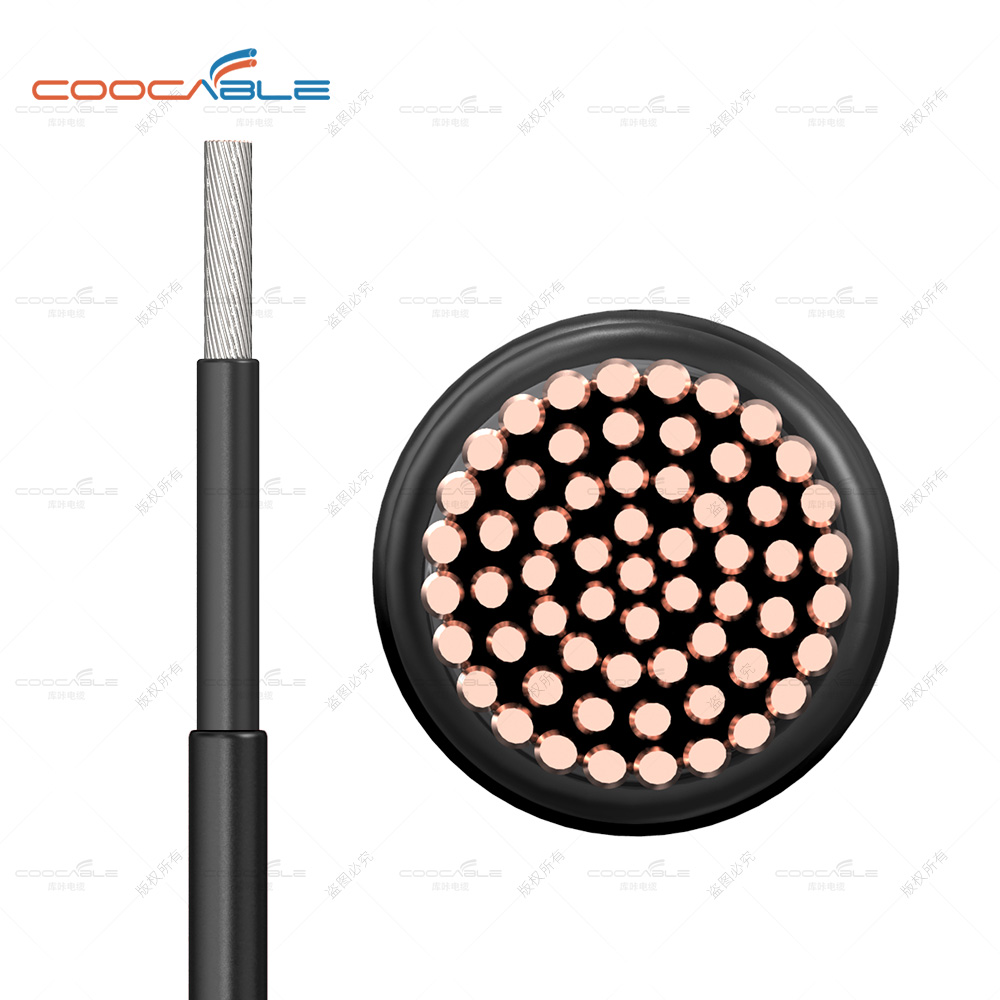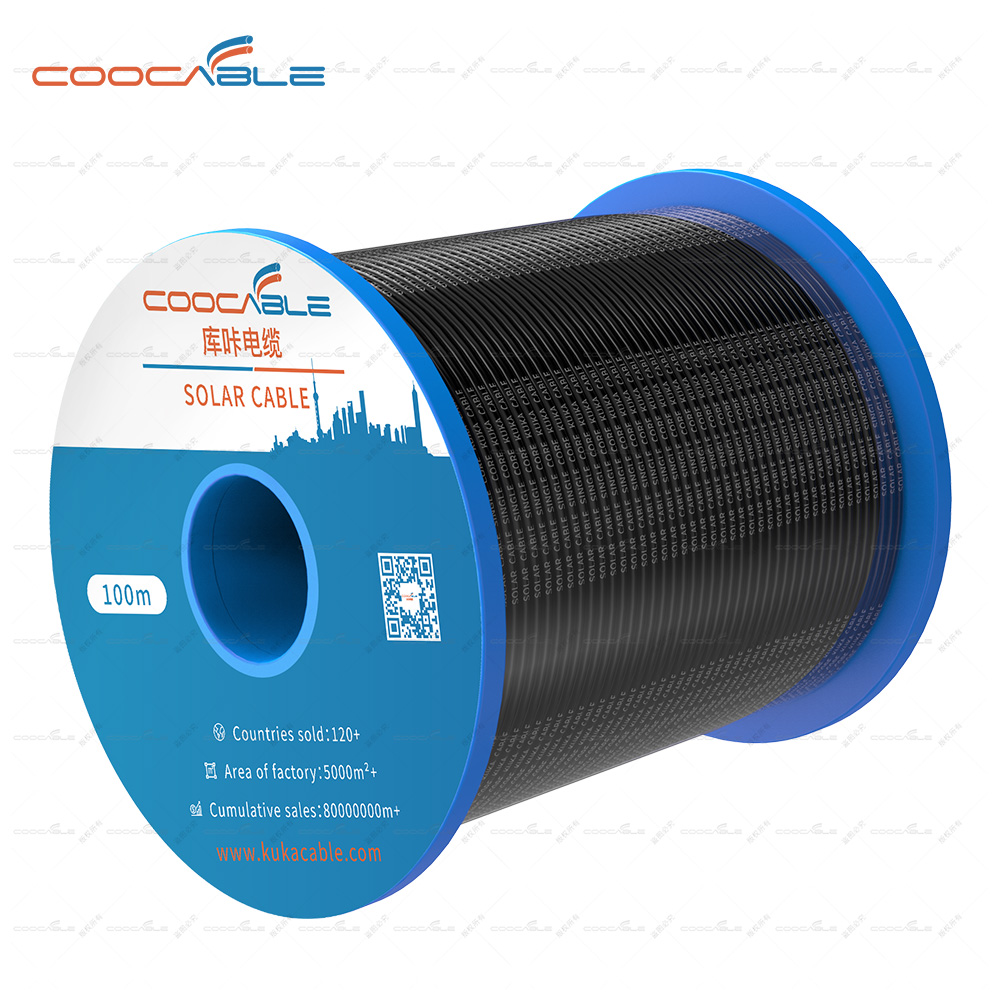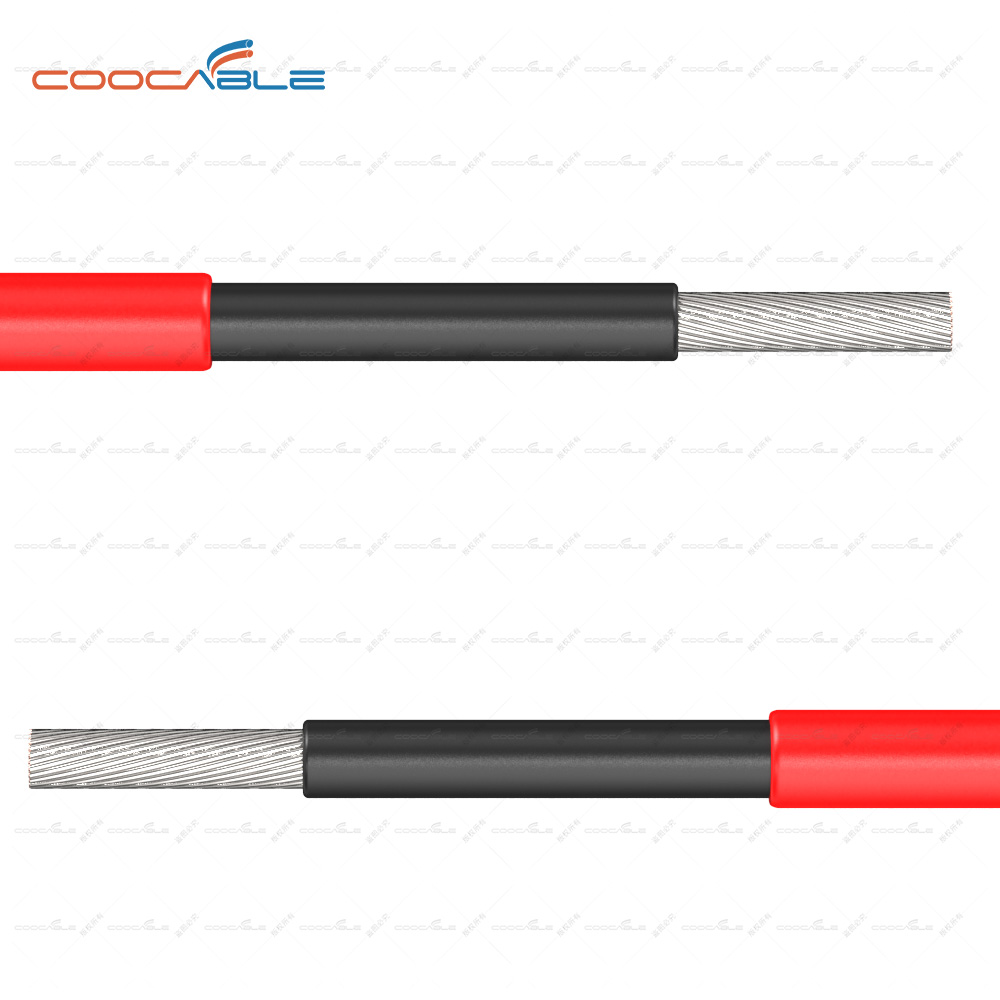SunPower in trouble!
A few days ago, SunPower released its preliminary financial report for the second quarter of this year, which included a net loss of $30 million and a total loss before inflation, taxes, depreciation and amortisation of $3 million.
The recent woes have led the group to change its expectations for the current fiscal year. SunPower now expects a net loss of between $70 million and $90 million by the end of the 2023 fiscal year. In the first quarter of this year, the company reported that its existing operations resulted in a net loss of $50 million.
In the second quarter of this year, SunPower added 20,400 new customers, compared to 21,000 new customers in the first quarter of this year and 23,700 new customers in the fourth quarter of 2022.
This continued decline has prompted the company to lower its expectations for new customers for the remainder of the year, and it now expects to add between 70,000 and 90,000 new residential PV customers by the end of the year. By comparison, SunPower predicted in May this year that it would add 90,000 to 110,000 new customers in 2023.
SunPower's Dilemma
SunPower is expected to release its full second-quarter results on 1 August, and the deteriorating financial outlook is ominous news for the company's stakeholders.
To quickly adapt to the current market environment and ensure that SunPower maintains a competitive advantage, we are scaling back our cost structure," said Pater Faricy, SunPower's chief executive officer.
Despite improved sales growth in June and July, we have decided to reduce labour costs and take additional steps to improve operational efficiency across the board. We believe these actions will set the company up for success as market conditions improve."
These changes will have a significant impact on the company's results, given that SunPower is dealing with the dual challenges of rising costs and lower investment than initially anticipated.
The company has reduced its profit before inflation, taxes, depreciation and amortisation to $1,450-$1,650 per customer for the remainder of the year, down from the $2,450-$2,900 per customer expectation announced in May.SunPower also plans to reduce its investment in new platforms (ranging from $50 million to $70 million).
Not all of the company's preliminary results are negative, however; SunPower's total revenue for the second quarter of this year was $464 million, up $24 million from the first quarter of this year and 11 per cent from the second quarter of 2022.
These numbers show that demand for residential solar PV in the U.S. remains, but that demand is difficult to translate into new installations due to economic and climate conditions that make new solar projects less viable.
The decline in new installations and the impact of climate disasters
Solar Energy Industries Association (SEIA) and Wood Mackenzie released a report in the first quarter of this year, compared with the fourth quarter of 2022, the United States 2023Q1 new solar installed capacity slipped 3%, which is two years in the United States for the first time new PV installed capacity quarter-on-quarter decline.
The SEIA and Wood Mackenzie report attributed the decline to seasonal fluctuations in interest in solar power and weather conditions such as strong rainstorms in California, where winter typically leads to fewer new project installations.
In June of this year, a report from kWh Analytics noted that since 2019, solar plants have seen a 94 per cent increase in power losses due to unusual conditions such as extreme weather, and that continued weather volatility across the US could discourage new investment in home solar. Fires, Typhoons! Data on PV Plants in Extreme Weather
However, Faricy attributed some of the decline to a drop in demand for US residential solar installations, with demand for new projects falling more than expected.
"Demand weakened more than expected in the second quarter in the Southeast and Southwest, where macroeconomic uncertainty and rising interest rates slowed our channel head lead generation and reduced sales orders."





